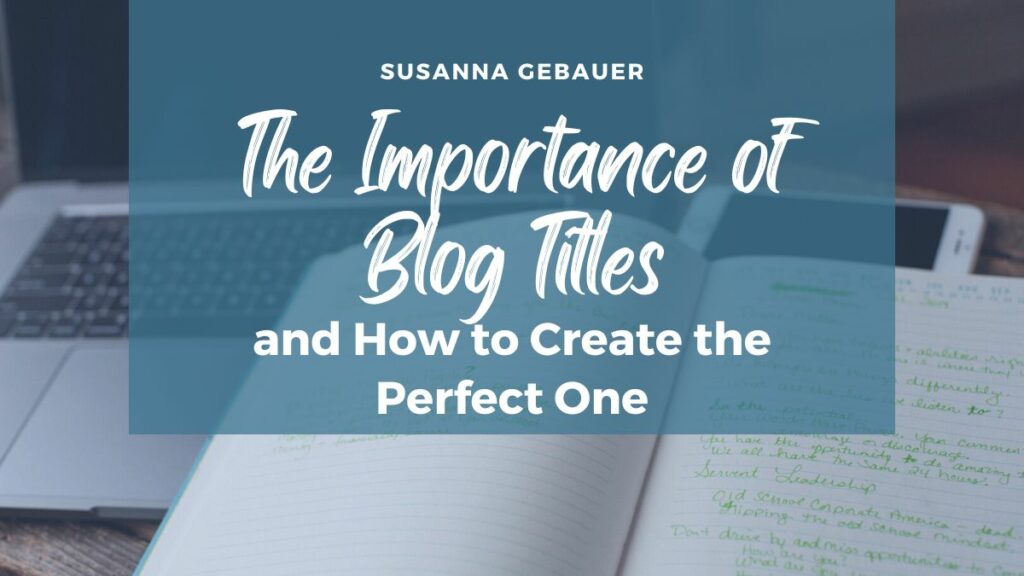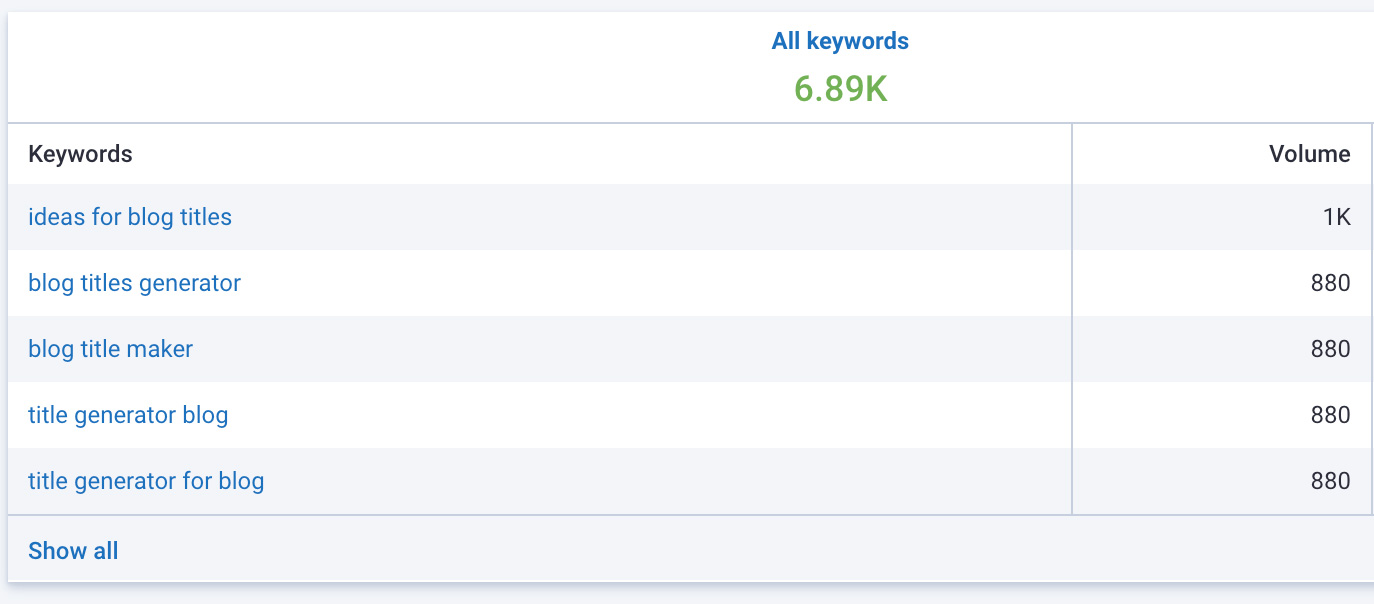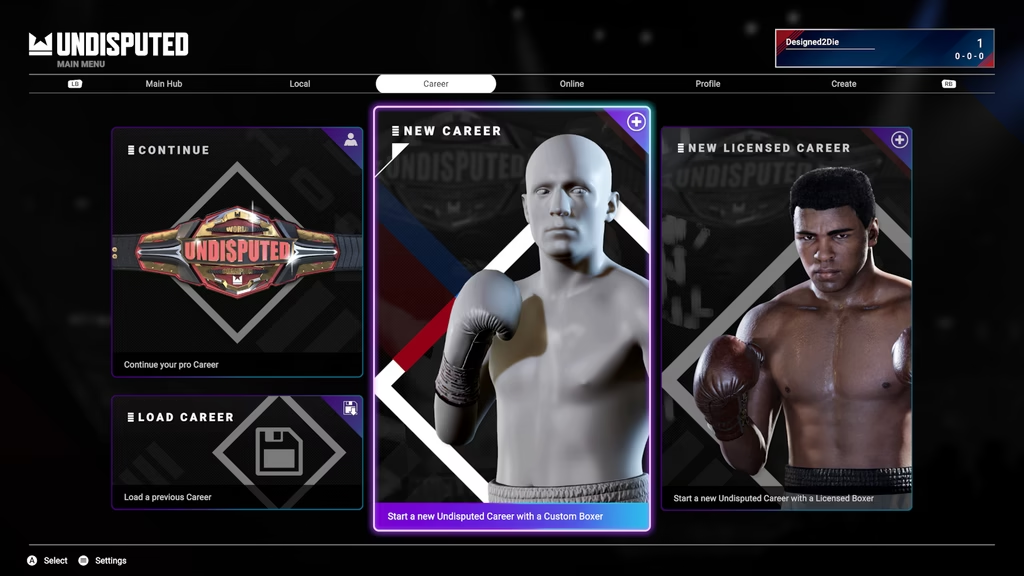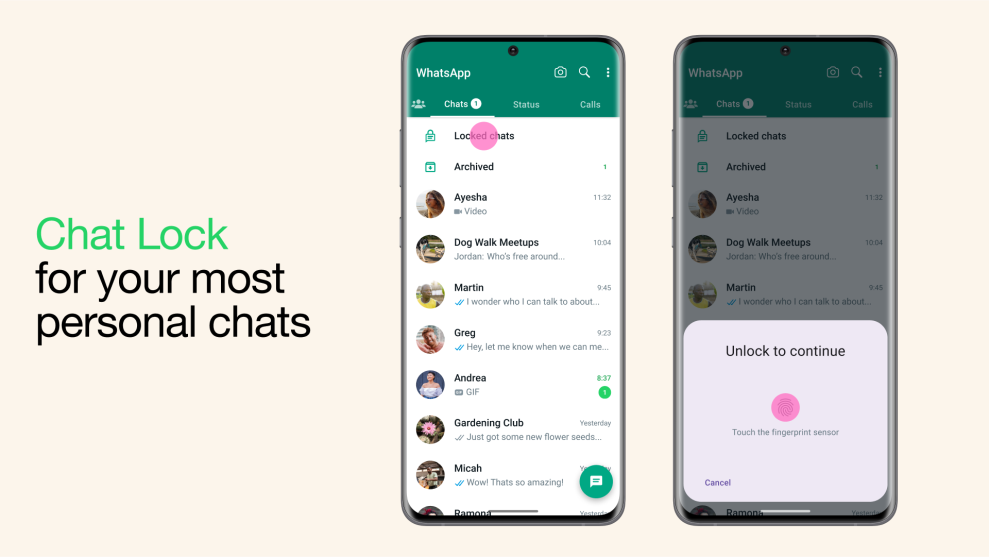The Undisputed Gateway: Why Your Blog Title Matters Most
Estimated reading time: 15 minutes
Key Takeaways
- Your blog title is the single most crucial element for attracting readers.
- It’s the first, and often only, interaction a reader has with your content.
- A strong blog title is essential for both SEO and reader engagement.
- Effective title writing is a fundamental skill in successful content marketing.
- Learn practical strategies and formulas for crafting headlines that drive clicks and deliver value.
Table of contents
- The Undisputed Gateway: Why Your Blog Title Matters Most
- Key Takeaways
- Decoding the Reader: Understanding Search Intent and Audience for Effective Headline Creation
- The Pillars of Persuasion: Core Principles for Stellar Title Writing
- Proven Formulas for Compelling Headline Creation
- SEO Integration: Weaving Keywords Naturally into Your Blog Title
- Navigating the Minefield: Critical Pitfalls to Avoid in Title Creation
- Elevating Your Craft: Advanced Techniques for Title Refinement
- Putting It All Together: Your Action Plan for Mastering Blog Titles
- FAQ
Imagine a beautifully crafted piece of content, meticulously researched and elegantly written, sitting on a digital shelf. It’s like a hidden gem, undiscovered and unread. Why? Because its title, the very first point of contact, failed to make anyone pause. In the vast ocean of online information, your blog title isn’t just a label; it’s your gateway, your ambassador, and your silent salesperson. It’s the gatekeeper to all your hard work, and if it’s not compelling, no one will pass through.

This critical first impression dictates whether a potential reader will click and dive into your content or scroll right past. In the realm of content marketing, mastering title writing is not just a nice-to-have skill; it’s a fundamental necessity. The primary keyword, blog title, is often the very first thing search engines and users see, making its strategic placement and appeal paramount for both search engine optimization (SEO) and reader engagement. This guide will equip you with practical strategies and proven formulas for creating compelling headlines that don’t just attract clicks, but resonate with your audience.

Decoding the Reader: Understanding Search Intent and Audience for Effective Headline Creation
Before you even think about crafting a single word of your title, you need to understand who you’re talking to and what they’re *really* looking for. This is where understanding search intent and your target audience becomes foundational.

Search intent refers to the underlying goal or purpose a user has when typing a query into a search engine. Are they looking to learn something, buy something, navigate to a specific website, or find a particular piece of information?
For instance, someone searching “how to start a blog” likely wants a step-by-step guide, actionable advice, and practical tips. Their intent is informational and instructional. On the other hand, a search for “10 inspirational quotes” signals a need for motivation and emotional uplift. The title needs to align with this intent. A generic title for a keyword with informational intent might be missed, whereas a title that promises actionable steps will likely capture the attention of the user looking for guidance.
Knowing your target audience is equally vital. What are their pain points? What kind of language do they use? What are their aspirations? Tailoring your blog title to resonate with their specific needs, interests, and even their vocabulary is key. For example, if your audience is tech-savvy professionals, you might use more technical jargon, whereas if you’re writing for a general audience, simpler, more direct language will be more effective.
Applying these blogging tips on understanding your audience and their search intent is crucial for effective headline creation. It ensures your titles are not just catchy, but relevant and highly targeted, increasing the likelihood of a click and providing immediate value to the reader.
The Pillars of Persuasion: Core Principles for Stellar Title Writing
Crafting a truly compelling blog title relies on a set of core principles that appeal to human psychology and the practicalities of online discovery. These pillars ensure your titles are not only seen but also clicked and appreciated.

Clarity and Conciseness:
* A title must immediately and unambiguously communicate the topic of the blog post. Vague or ambiguous language is the enemy of clicks. Readers scan, and they need to know instantly if your content is relevant to them.
* Example: Instead of a generic title like “On Writing,” a much more effective title would be: “I Published 300 Articles: Here’s What I Learned.” (Source: https://titleformat.com/posts/title-case-formatting-for-blog-post-titles/)
* Keep it brief. An ideal title length is typically between **6 to 7 words**, with a maximum of **10 to 12 words** to maintain impact and readability. (Source: https://www.outbrain.com/blog/how-to-write-an-outstanding-blog-post-headline/)
* For search engines, aim for approximately **50–60 characters**. This ensures your title is fully displayed on search engine results pages (SERPs) without being truncated. (Source: https://www.brafton.com/blog/content-writing/site-title-examples/)
Curiosity and Intrigue:
* Sparking curiosity is a powerful motivator for clicks. You want to create a “gap” in the reader’s knowledge, making them eager to click to find the answer or the missing piece of information. (Source: https://www.skyword.com/contentstandard/the-best-blog-titles-for-your-content-6-best-practices-for-how-to-get-the-click/)
* Techniques include asking provocative questions, hinting at surprising facts, or promising unexpected insights.

* Did you know that titles including brackets can significantly improve click-through rates? Studies show they can increase them by as much as 33%. (Source: https://www.siegemedia.com/creation/blog-title-examples)
Benefit-Orientation:
* Readers are inherently selfish – in a good way! They want to know “What’s in it for me?” Your title should clearly highlight the concrete value, solution, or outcome they will achieve by reading your post.
* *Example:* A title like “5 Content Marketing Trends to Follow in 2025” directly communicates the benefit of staying current and informed in the field.
Strategic Use of Numbers and Lists:
* Numbers have a remarkable ability to boost engagement and lend an air of credibility and structure to your content. They promise organized, digestible information.
* Use trigger words like “Top,” “Guide,” “Tips,” “Ways,” and “Benefits” to signal listicle formats and draw readers in. (Source: https://www.skyword.com/contentstandard/the-best-blog-titles-for-your-content-6-best-practices-for-how-to-get-the-click/)
* *Examples:* “50 Bullet Journal Ideas to Keep Your Life on Track” or “13 Foods For a Better Mood and Reduced Anxiety.” (Source: https://www.siegemedia.com/creation/blog-title-examples)
* Be specific with numbers. Using precise figures, like “39.57%,” can be more compelling than vague approximations such as “around 40%.” (Source: https://www.skyword.com/contentstandard/the-best-blog-titles-for-your-content-6-best-practices-for-how-to-get-the-click/)
* Mastering these principles provides invaluable blogging tips for effective headline creation.
Proven Formulas for Compelling Headline Creation
Beyond general principles, specific, battle-tested formulas can significantly enhance your title-writing toolkit. These frameworks are designed to hit key psychological triggers and deliver clear value propositions.

1. How-To Titles:
* These are direct, actionable, and promise readers they will acquire a new skill or solve a problem. (Source: https://www.siegemedia.com/creation/blog-title-examples)
* *Examples:* “How to Craft the Perfect SEO Title Tag (Our 4‑Step Process)” or “How to Promote Your Blog to 1,000,000+ Yearly Visits.”
* Add dynamism with phrases like “in X minutes” or “Like a Boss.” (Source: https://www.thesideblogger.com/blog-post-title/)
2. Listicle Titles:
* Perfect for readers who prefer organized, easily scannable content. They promise a curated collection of information.
* *Examples:* “5 Content Marketing Trends to Follow in 2025” or “The Top 11 Must-Have Baby Products: A Mom’s List.” (Source: https://www.siegemedia.com/creation/blog-title-examples)
3. Question-Based Titles:
* These titles directly engage the reader, sparking curiosity and setting up an expectation for an answer within the content. They are excellent for addressing common queries. (Source: https://www.siegemedia.com/creation/blog-title-examples)
* *Examples:* “What is a Smart City? [Infographic]” or “Are You Making These Common Writing Mistakes?”
4. Comparison Titles:
* Ideal for guiding readers through decision-making processes by highlighting the differences between options. (Source: https://www.siegemedia.com/creation/blog-title-examples)
* *Example:* “Trade School vs. College: Which Should You Choose?”
5. What/Why/How Explanation Titles:
* These titles promise to answer fundamental questions about a topic, often pairing well with visual content. (Source: https://www.siegemedia.com/creation/blog-title-examples)
* *Examples:* “What Is Imposter Syndrome + How Much Does It Cost Us?”
6. Titles Using Brackets and Parentheses:
* These additions signal specific types of content or bonus material, enhancing clarity and expectation. (Source: https://www.skyword.com/contentstandard/the-best-blog-titles-for-your-content-6-best-practices-for-how-to-get-the-click/)

* Include terms like “Video,” “Poll,” “Photo,” or “Infographic” to add value. (Source: https://www.siegemedia.com/creation/blog-title-examples)
* *Example:* “How to Create a DIY At-Home Summer Camp (+ Free Printables).”
7. Fear or Problem-Focused Titles:
* These titles tap into a reader’s desire to avoid negative outcomes or problems, creating a sense of urgency. (Source: https://www.thesideblogger.com/blog-post-title/)
* *Example:* “10 Dumb Marketing Mistakes That’ll Kill Your Business.”
8. Personalized/You-Focused Titles:
* Using “you” or “your” immediately makes the content feel relevant and personal to the reader. (Source: https://www.skyword.com/contentstandard/the-best-blog-titles-for-your-content-6-best-practices-for-how-to-get-the-click/)
* *Example:* “Is Aloe Vera Good for Your Face?”
9. Emotion and Controversy-Driven Titles:
* Titles that evoke strong emotions or suggest a controversial take can drive significant engagement, though they must be backed by substantive content. (Source: https://www.skyword.com/contentstandard/the-best-blog-titles-for-your-content-6-best-practices-for-how-to-get-the-click/)
* Words like “Surprising,” “Alarming,” or “Shocking” can be effective.
* *Example:* “UFO Coverup on Last Shuttle Mission? (Video).”
* These formulas are invaluable for effective headline creation and superior blog title writing.
SEO Integration: Weaving Keywords Naturally into Your Blog Title
While creativity and reader appeal are paramount, the role of SEO in blog title creation cannot be overlooked. Integrating keywords strategically helps search engines understand your content and users find it.

* The primary keyword, **blog title**, is crucial for search visibility. Placing it thoughtfully can signal its importance to both readers and search algorithms.
* Avoid **keyword stuffing**, which is the practice of unnaturally overloading a title with keywords. This is detrimental to both user experience and SEO. (Source: https://www.siegemedia.com/creation/blog-title-examples)
* For maximum impact, aim to include your primary keyword within the first three or last three words of your title. This placement often signifies the core topic most effectively. (Source: https://www.outbrain.com/blog/how-to-write-an-outstanding-blog-post-headline/)
* The guiding principle should always be: “Write for humans first, search engines second.” (Source: https://www.siegemedia.com/creation/blog-title-examples)
* Natural integration of keywords enhances readability, making the title more appealing to users. This approach avoids negatively impacting the user experience, which is a critical factor in modern SEO. When keywords fit seamlessly, the title remains engaging and informative, fulfilling both its marketing and technical roles.
Navigating the Minefield: Critical Pitfalls to Avoid in Title Creation
Just as important as knowing what to do is knowing what *not* to do. Certain common mistakes can derail even the most promising content by creating a false impression or damaging credibility.

Clickbait vs. Click-Worthy:
* There’s a fine line between a title that entices a click and one that deceives. Clickbait titles intentionally trick readers into clicking with sensational promises that the content fails to deliver. This destroys trust and drives readers away.
* Click-worthy titles, on the other hand, genuinely promise valuable content that aligns with the headline and delivers on that promise. They pique interest honestly.
* Misleading titles are a fast track to reader frustration, high bounce rates, and a damaged reputation. Always ensure your title accurately reflects the content within.
Overly Generic Titles:
* Titles that are too broad or lack specificity fail to stand out. For example, “10 Tips for Success” is unlikely to capture attention because it could apply to virtually anything and offers no unique angle.
* *Instead, aim for specificity:* “10 Productivity Tips for Remote Workers With ADHD.” This title clearly defines the audience and the specific benefit.
Keyword Stuffing:
* A title like “Blog Title Writing SEO Keywords Content Marketing Blog Titles Headlines” is a prime example of keyword stuffing. It’s unreadable for humans and penalizable by search engines.
* Keywords should enhance the title’s clarity and relevance, not dominate it to the point of incomprehensibility.
Misalignment Between Title and Content:
* Perhaps the most damaging pitfall is when the blog title sets expectations that the content simply does not meet. This mismatch erodes credibility, tanks engagement, and leads to immediate reader abandonment.
* Your title is a promise. Ensure your content is the delivery mechanism for that promise.
Elevating Your Craft: Advanced Techniques for Title Refinement
Once you’ve grasped the fundamentals, consider these advanced strategies to refine your title-writing skills and ensure continuous improvement in your content marketing efforts.

A/B Testing Your Headlines:
* The most effective way to know what works is to test it. Create multiple title variations for the same post and see which performs best. (Source: https://www.wix.com/blog/how-to-write-catchy-blog-titles)
* When testing, change only one element at a time to isolate its impact – for example, test a question-based title against one with a number.
* Formulate a hypothesis before testing (e.g., “I believe a title with a number will get more clicks”) and use data to guide your decisions.
Analyzing Competitor Titles:
* Study the titles of high-performing content in your niche. What makes them successful? What keywords are they using? What angles are they taking? (Source: https://www.wix.com/blog/how-to-write-catchy-blog-titles)
* The goal is to learn from their strategies and identify opportunities, not to directly copy their work. Find inspiration and identify gaps you can fill.
Using Headline Analysis Tools:
* Numerous AI-powered tools can help you brainstorm, score headlines, and generate variations. These tools can be excellent accelerators for ideation. (Source: https://www.outbrain.com/blog/how-to-write-an-outstanding-blog-post-headline/)

* However, remember that these are tools to augment human creativity and judgment, not replace them. Always apply your understanding of audience and content to the suggestions.
* Consistent learning and application of these advanced techniques are vital blogging tips for mastering content marketing and achieving headline excellence.
Putting It All Together: Your Action Plan for Mastering Blog Titles
Now that you’re armed with knowledge, it’s time to put it into practice. Here’s a structured approach to help you consistently create winning blog titles:
* Identify Your Goal: Before writing, define the primary objective of your blog post and the core message you want to convey.
* Understand Your Audience & Intent: Revisit who you’re writing for and what they’re searching for. Tailor your language and promise accordingly.
* Select a Formula: Choose one of the proven title formulas that best suits your content and audience.
* Brainstorm Variations: Draft at least 3-5 different title options for each post. Incorporate principles like numbers, clarity, curiosity, and benefit-orientation. Naturally weave in your primary keyword where it makes sense.
* Refine and Polish: Check for clarity, conciseness, and impact. Ensure your title is under 60 characters if possible for SERP display.

* Test and Measure: If possible, A/B test your top title contenders. Track click-through rates and engagement metrics to understand what resonates best with your audience.
* Iterate and Learn: Continuously analyze your results and refine your approach. The art of blog title writing is an ongoing learning process.
* By applying these blogging tips and headline creation techniques, you can significantly improve content discovery and engagement. A compelling blog title is the critical first step to ensuring your valuable content is seen, clicked, and appreciated, forming the bedrock of successful content marketing.

https://www.penbrief.com/how-to-plan-blog-post
https://www.penbrief.com/understanding-search-intent-seo-guide
https://www.penbrief.com/keyword-research-digital-marketing
https://www.penbrief.com/content-analysis-for-seo
https://www.penbrief.com/keyword-research-seo-strategy-2
FAQ
Q1: How important is the blog title for SEO?
A1: The blog title is extremely important for SEO. It’s one of the primary signals search engines use to understand what your content is about. Including relevant keywords in your title can help improve your search rankings and click-through rates from search results pages.
Q2: What is the ideal length for a blog title?
A2: For optimal display on search engines and readability, aim for around 50–60 characters. In terms of word count, 6–7 words is often ideal for impact, with a maximum of 10–12 words recommended to maintain conciseness.
Q3: Can I use numbers in my blog titles?
A3: Yes, numbers are highly effective in blog titles! Listicle titles (e.g., “10 Tips…”) tend to perform very well because they promise organized, easy-to-digest information. Using specific numbers often yields better results than approximations.
Q4: What’s the difference between clickbait and click-worthy titles?
A4: Clickbait titles are deceptive and promise something the content doesn’t deliver, leading to distrust. Click-worthy titles are intriguing and accurately reflect the valuable content that follows, encouraging genuine engagement.
Q5: Should I always include my main keyword in the title?
A5: It’s highly recommended to include your primary keyword, but only if it fits naturally and makes sense. Prioritize clarity and human readability. Placing the keyword in the first or last few words can maximize its impact for SEO. Avoid keyword stuffing at all costs.
Q6: How can I test which blog title performs best?
A6: The best method is A/B testing. Create two or more title variations for the same post and use analytics tools or platform features to show different titles to different segments of your audience. Measure which one gets more clicks and engagement.
Q7: What if my content doesn’t perfectly match the title?
A7: This is a critical issue. A mismatch between your title and content will lead to high bounce rates, poor user experience, and damage your credibility. Always ensure your title is an honest representation of the value and information within your blog post.
Q8: Are there tools to help create better blog titles?
A8: Yes, many headline analyzer tools and AI content generators can help brainstorm ideas, score potential titles, and suggest improvements. While useful, always use your own judgment and understanding of your audience to select the best title.
Q9: How can I make my titles more curious and intriguing?
A9: You can spark curiosity by asking questions, hinting at surprising information, using incomplete statements, or teasing a solution to a common problem. The goal is to create a knowledge gap that the reader wants to fill by clicking.
Q10: Should I focus on the keyword or the reader when writing a title?
A10: Always prioritize the reader. The mantra is “write for humans first, search engines second.” A title that captivates and offers value to a human reader is more likely to perform well in search engines in the long run, as engagement metrics are increasingly important for SEO.






